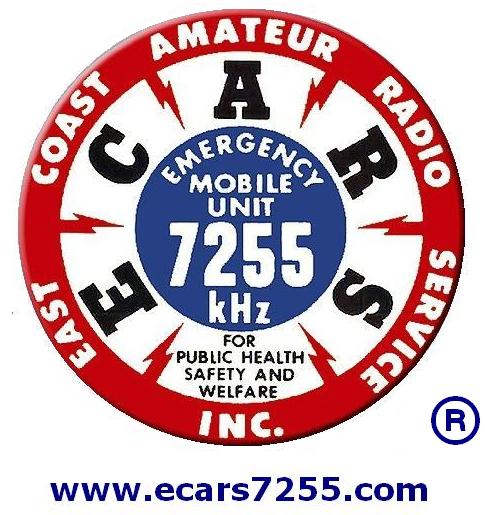
When conditions are poor for other forms of communication, as Ham Operators, we have alternative means at our disposal. Satellite communication is by no means, a new operating mode, but today we have many new ways to explore.
While at Hamcation, Paul, K3PG, attended an AMSAT demonstration and brought back a report from the host. Trying new things is what Ham radio is all about. Please read Paul's article below.